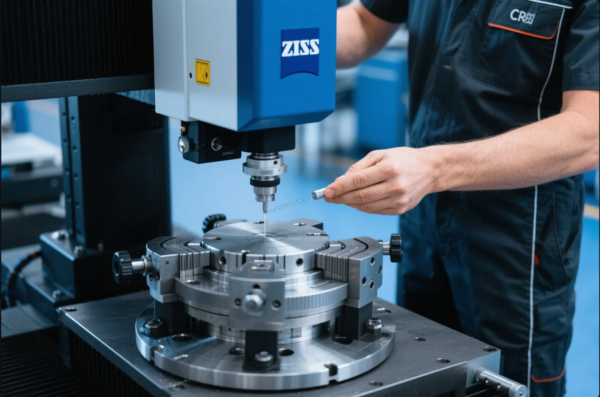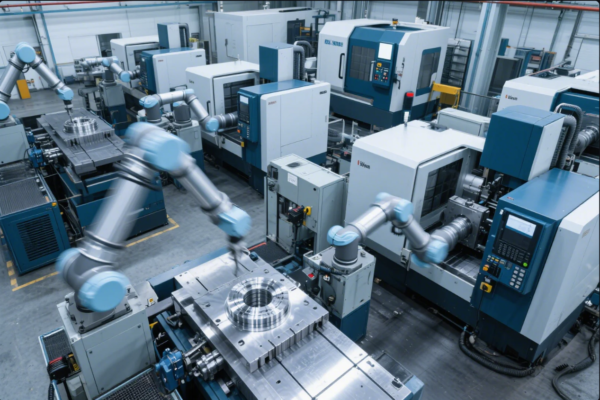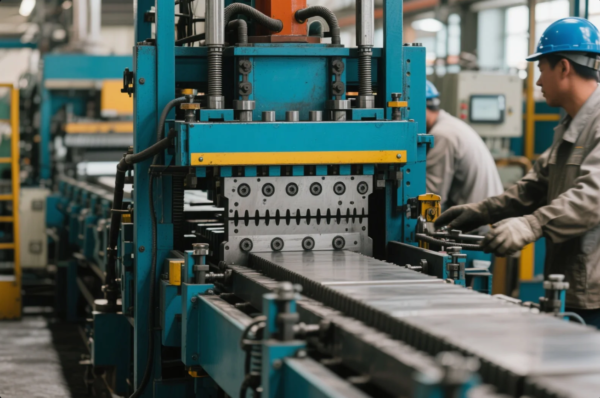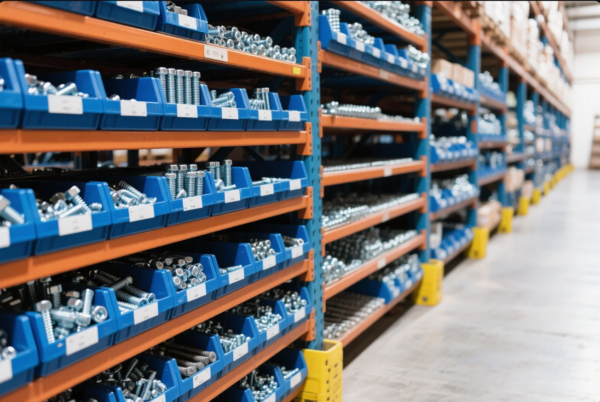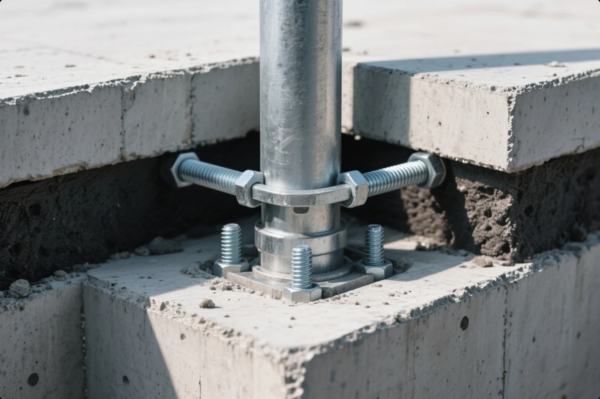What Are Welding Parts?
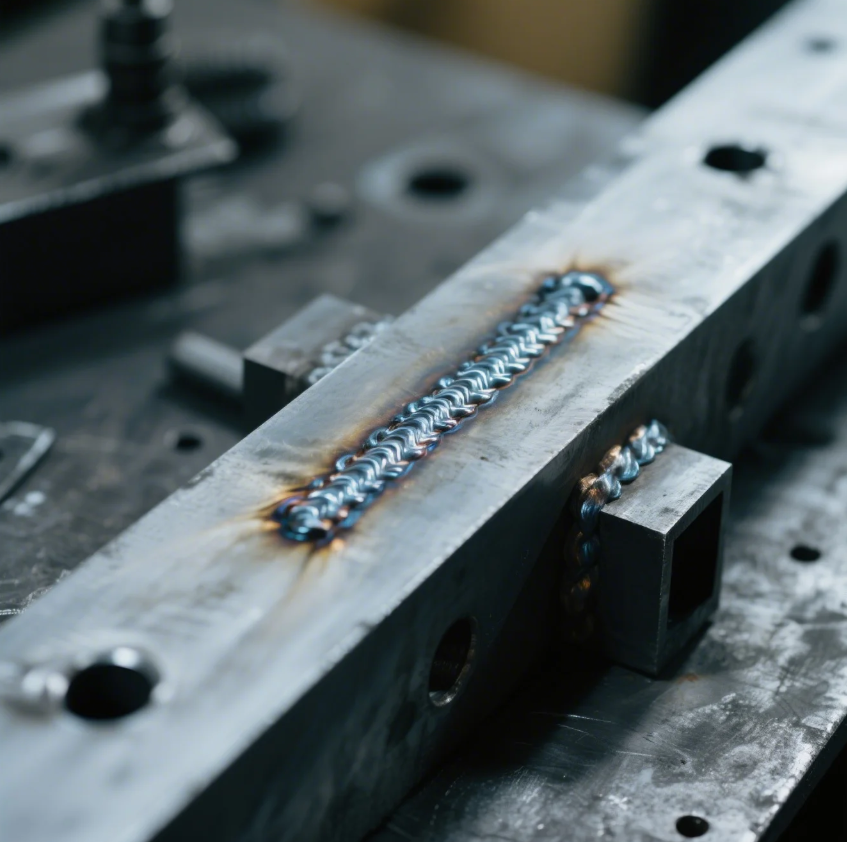
Welding parts are essential components in joining materials, particularly metals, to create strong, durable joints. Understanding the different types of welding parts can help ensure high-quality results in your projects.
Snippet paragraph: Welding parts vary in function and application, making it crucial to understand them for successful welding operations. From the weld joint to equipment, each part plays an important role.
Transition paragraph: Let’s explore some key welding components and how they affect the strength and durability of the finished product.
Which Weld Joint is Strongest?

The strength of a weld joint depends on the type of joint and the materials being welded. Some weld joints are inherently stronger than others based on their design and the forces they must withstand.
The strongest weld joints are typically:
- Butt joints: These joints have the pieces of material aligned edge-to-edge, making them strong and efficient for high-stress applications.
- Groove joints: Similar to butt joints but involve a gap between the materials, providing more surface area for a strong weld.
- Tee joints: These join two materials at a right angle, providing good strength when welded properly.
Table: Weld Joint Strength Comparison
| Weld Joint Type | Strength Rating | Common Applications | Ideal Material Type |
|---|---|---|---|
| Butt Joint | High | Automotive, Pressure Vessels | Steel, Aluminum |
| Groove Joint | High | Pipes, Heavy Equipment | Stainless Steel |
| Tee Joint | Moderate | Structural Components | Stainless Steel, Aluminum |
The strength of these joints can be further enhanced by choosing the right welding technique and filler material.
What Are the Parts of Welding Equipment?
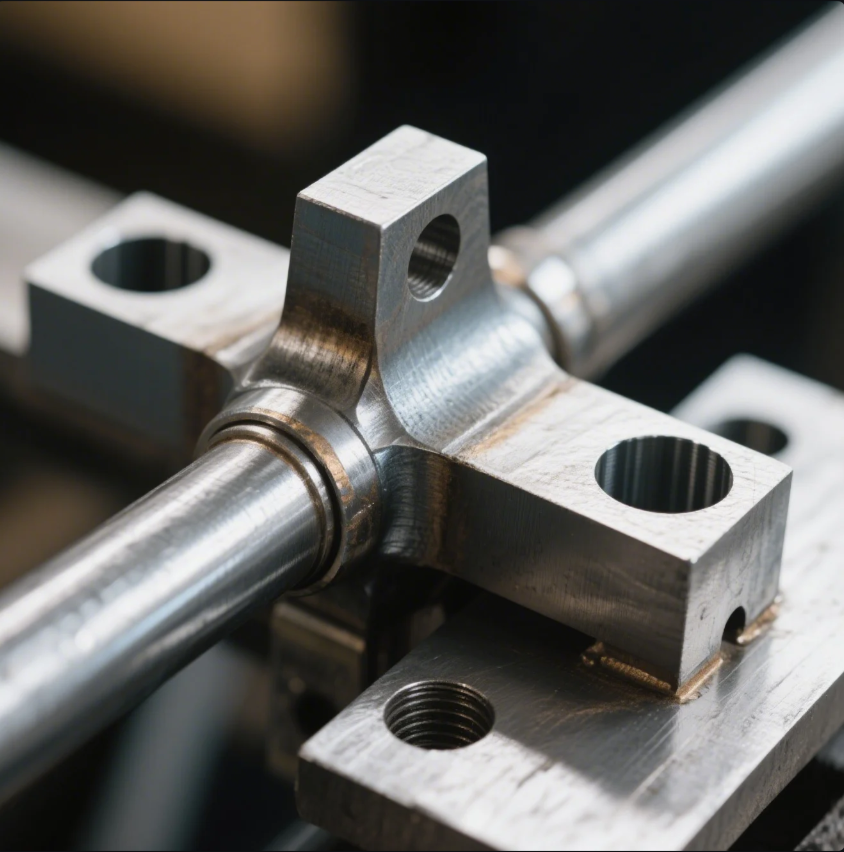
Welding equipment includes several critical parts, each playing a vital role in the welding process. Understanding these components ensures smooth operations and high-quality results.
Key parts of welding equipment include:
- Welding machine: Provides the necessary power for the welding process.
- Electrode holder: Secures the electrode during welding.
- Ground clamp: Ensures the safety of the welder by providing a stable grounding connection.
- Welding torch: Directs heat to the materials being welded.
- Protective gear: Helmets, gloves, and aprons to ensure the welder’s safety.
Choosing the right equipment is essential for producing precise and reliable welds. Quality welding equipment reduces the risk of defects and enhances the overall process.
What Is the Weakest Weld Joint?
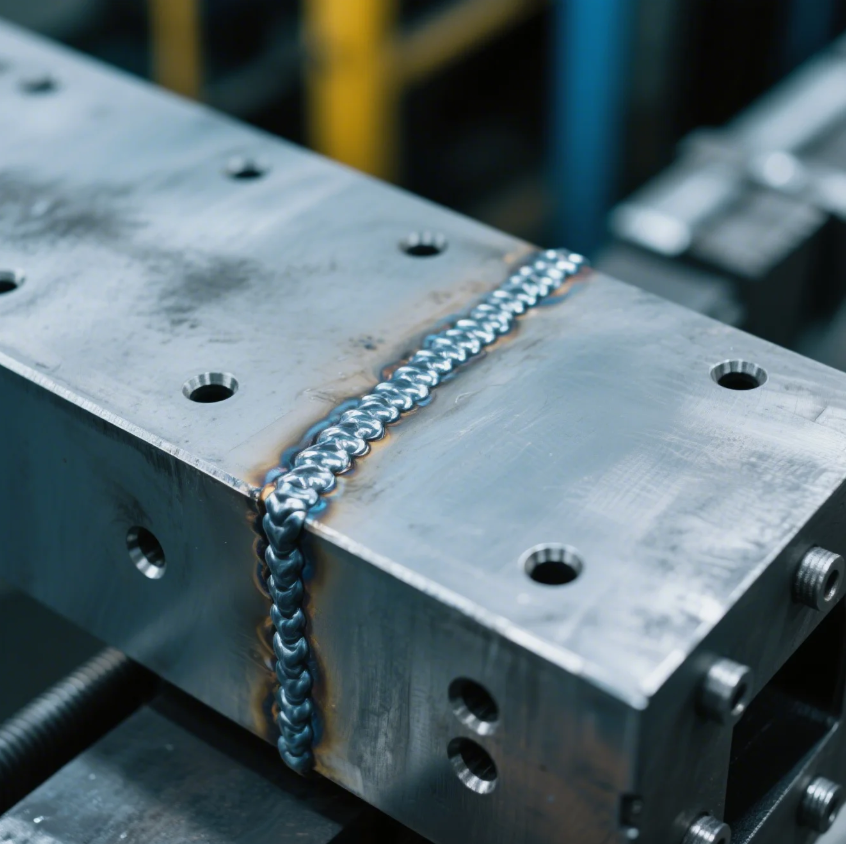
Not all weld joints offer the same strength. Some joints are weaker than others, making them unsuitable for high-stress applications.
The weakest weld joints are typically:
- Edge joints: These joints involve two materials placed side-by-side and are not as strong as butt or groove joints.
- Corner joints: While they can be strong when welded properly, they can also be weak in certain conditions, especially if the materials are thin or not well-prepared.
- Butt joints without proper preparation: If the edges of the materials are not prepared correctly, butt joints can be weak.
Table: Weak Weld Joint Comparison
| Weld Joint Type | Weakness Rating | Common Applications | Ideal Material Type |
|---|---|---|---|
| Edge Joint | Weak | Sheet Metal, Thin Plates | Thin Steel, Aluminum |
| Corner Joint | Moderate | Structural Components | Steel, Aluminum |
| Butt Joint (Improper Prep) | Weak | Pressure Vessels | Steel, Cast Iron |
Improperly prepared joints can lead to weak spots, causing weld failures under pressure or stress.
What’s the Hardest Thing to Weld?
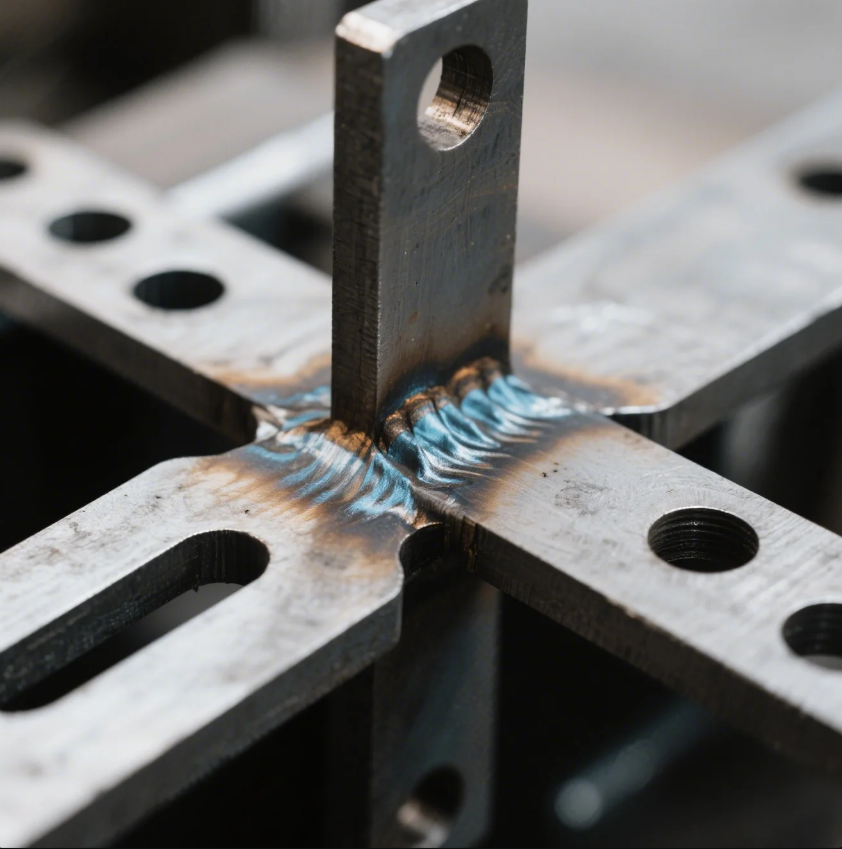
Certain materials present unique challenges when welding. These materials can be difficult to weld due to their properties, making the process more complex.
The hardest materials to weld are typically:
- High-carbon steels: These materials are prone to cracking due to their hardness and high carbon content.
- Titanium: It requires a high level of precision and a controlled environment to prevent contamination.
- Aluminum: While not as hard, aluminum is challenging due to its low melting point and tendency to warp during welding.
Welding these materials requires specialized equipment and techniques to ensure successful results.
Table: Hard-to-Weld Materials
| Material | Difficulty Level | Challenges | Ideal Welding Process |
|---|---|---|---|
| High-Carbon Steel | High | Cracking, Hardness | TIG, MIG |
| Titanium | High | Contamination, Precision | TIG, Laser Welding |
| Aluminum | Moderate | Warping, Low Melting Point | MIG, TIG |
Using the right equipment and technique is essential for overcoming these challenges and achieving a strong weld.
Conclusion
Understanding welding parts and their roles is crucial for achieving high-quality results. From selecting the right weld joint to choosing the appropriate equipment, each decision impacts the final product. At Prime, we offer top-quality welding parts and equipment, backed by over 20 years of expertise. Contact us today for expert advice, competitive pricing, and fast delivery on custom welding parts.

